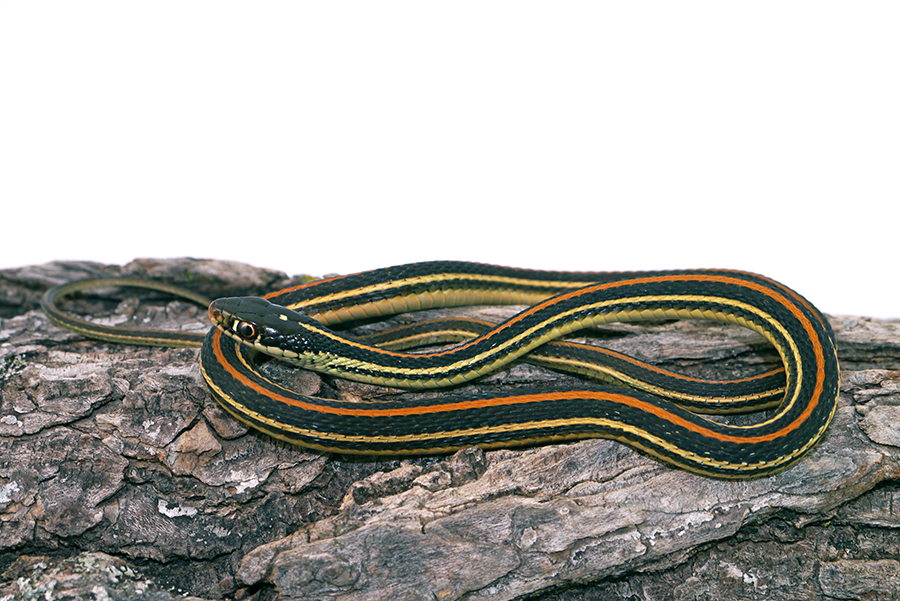Like it or not, your backyard is home to many thousands of little crawlies, but 9 out of 10 are not harmful or destructive, and many are even helpful. So before you scream, swat, or stomp, here are some good-guy bugs and friends to look out for to improve your gardening space, and even the planet.
You can welcome these bugs to your yard and garden with early-blooming plants, as well as flowering carrots and herbs.
- LADYBUGS: These ferocious predators start out as larvae that cruise around on plants and eat up as many as 40 aphids an hour that would otherwise ruin your plants.
- GROUND BEETLES: are a type of predatory beetles that eat a wide range of insects, including nematodes, caterpillars, weevils, slugs, and silverfish. Feel free to rid yourself of those green, iridescent Japanese beetles; be nice to black ones.
- HOVERFLIES: look like tiny yellow jackets and hover above flowers like little helicopters. They are not only great predators for aphids and caterpillars, they are great pollinators, too.
- STINKBUGS: do have a smelly gland in their abdomen, but they love to eat aphids, and caterpillar and beetle larvae.
- DRAGONFLIES: don’t even wait to grow up to be helpful. They hatch in water and eat up the larvae of other flying bugs. Adults are happy to eat mosquitoes, gnats, and flies.
- PILL BUGS: or “roly-polys” breathe through gills, and love to eat garden debris. If you have a compost heap, these are your best workers.
- SPIDERS: worldwide save us billions in pesticides. Whether living in webs or snapping up prey from holes in the ground, they rid us of aphids, flies, beetles, grasshoppers, mosquitoes, and even wasps.
BIGGER GAME
- TOADS & FROGS: aren’t pretty, but they are an earth-friendly alternative to pesticides. They feed on slugs and snails that could otherwise damage your garden. They can also eat up to 10,000 bugs in a summer, making them pretty efficient too.
- BATS: are natural-born killers of mosquitoes, and help eat of thousands of other tiny insects.
- GARTER SNAKES: are harmless to humans and worthy of our respect. They hide in shady places; bushes, tall grass or piles of wood and rocks, and enjoy eating crickets, grasshoppers, and other insects.

Most garter snakes have yellow stripes on a brown or green background
THE UNSUNG HERO
When a possum (technically, Opossum) isn’t busy ridding the world of 5,000 or more ticks every year, it is eating cockroaches, rats, snails, slugs, and mice. For mealtime, possums also clean up all kinds of germy carrion, including roadkill, which might explain why they often wind up as such.
Before you shoo them out of your yard some late night, consider they are resistant to snake venom and are great predators of copperheads and rattlesnakes, which you definitely don’t want in your personal space. As a bonus, if you are growing fruit or berries, they are only too happy to carry away over-ripe or rotting foods and spare you the work of doing it yourself.
If you do surprise them and they “play possum,” you can expect them to stay frozen for about 1-4 hours. Science tells us it is their only survival instinct, considering how easily they are outrun by nearly all of their natural predators.
